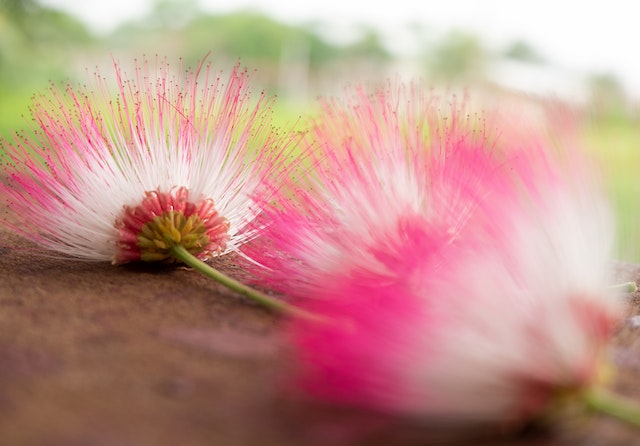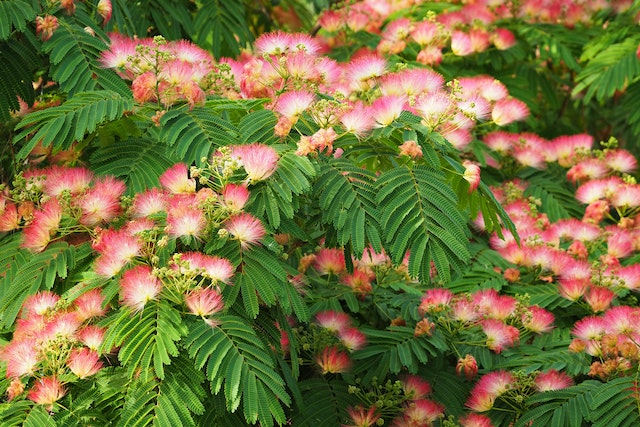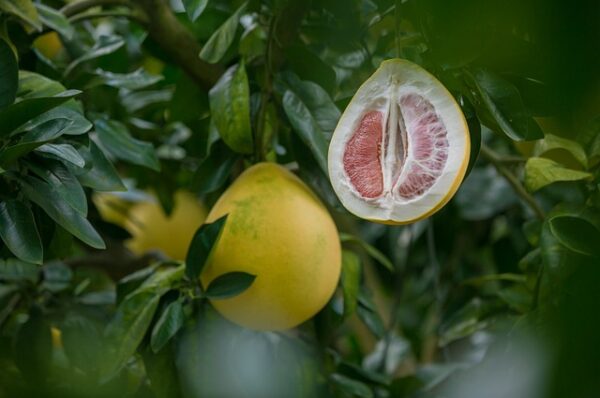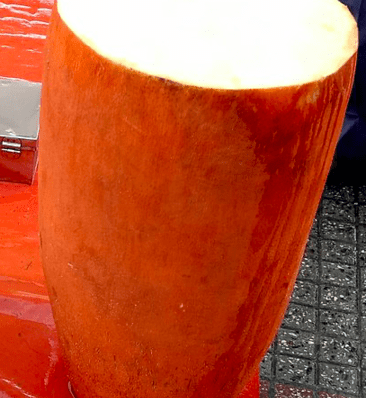Indian Siris, also known as Albizia lebbeck, is a tropical tree native to India and Southeast Asia. It belongs to the Fabaceae family and is a deciduous tree with a wide range of uses.
| Tree Characteristics | Description |
| Common Name | Siris |
| Scientific Name | Albizia lebbeck |
| Maximum Height | 15-20 meters |
| Diameter of Crown | Umbrella-shaped canopy with a spread of 12-15 meters |
| Diameter of Trunk | Up to 1 meter |
| Years to Grow | 10-15 years |
| Economic Benefit to Farmers | Timber, medicinal properties, and soil conservation |
Physical Characteristics
The Indian Siris tree grows up to a maximum height of 15-20 meters and has a wide-spreading, umbrella-shaped canopy. The tree trunk is typically straight, with a diameter of up to 1 meter. Its leaves are green and fern-like and can grow up to 25 cm long. The Indian Siris tree has a moderate to dense branching pattern, with branches that spread outwards and upwards from the trunk.

Ecological Role
Indian Siris trees have a vital ecological role in India’s ecosystem. The tree is capable of fixing nitrogen from the atmosphere, which helps to enrich the soil and support other plant species. Its flowers attract bees and other pollinators, making it an important species for maintaining biodiversity. The Indian Siris tree is also useful for soil conservation and erosion control, particularly in areas prone to landslides.
Importance to Birds, Animals, and Insects
The Indian Siris tree is an important source of food and shelter for a wide range of bird species, including woodpeckers, parakeets, and barbets. The tree’s flowers also attract butterflies and other insects, making it a valuable habitat for wildlife.

Flower Description
Indian Siris trees produce small, white, and fragrant flowers in clusters. The flowers have long, protruding stamens that give them a unique and attractive appearance. The tree’s flowers typically bloom from April to June.
Can it be Grown in Homes?
Yes, Indian Siris trees can be grown in homes as ornamental trees. They require a warm and humid climate and can be grown in a variety of soil types, including clay, loam, and sandy soil. They also require full sunlight to grow and should be planted in a location where they can receive at least six hours of direct sunlight per day.

Bloom Time Months
The Indian Siris tree typically blooms from April to June, producing fragrant white flowers that attract pollinators.
Conclusion
In conclusion, the Indian Siris tree is an important species in India’s ecosystem, with numerous ecological benefits. Its fragrant flowers and broad canopy make it a popular choice for ornamental landscaping, while its nitrogen-fixing properties and ability to prevent soil erosion make it an important species for conservation efforts.




